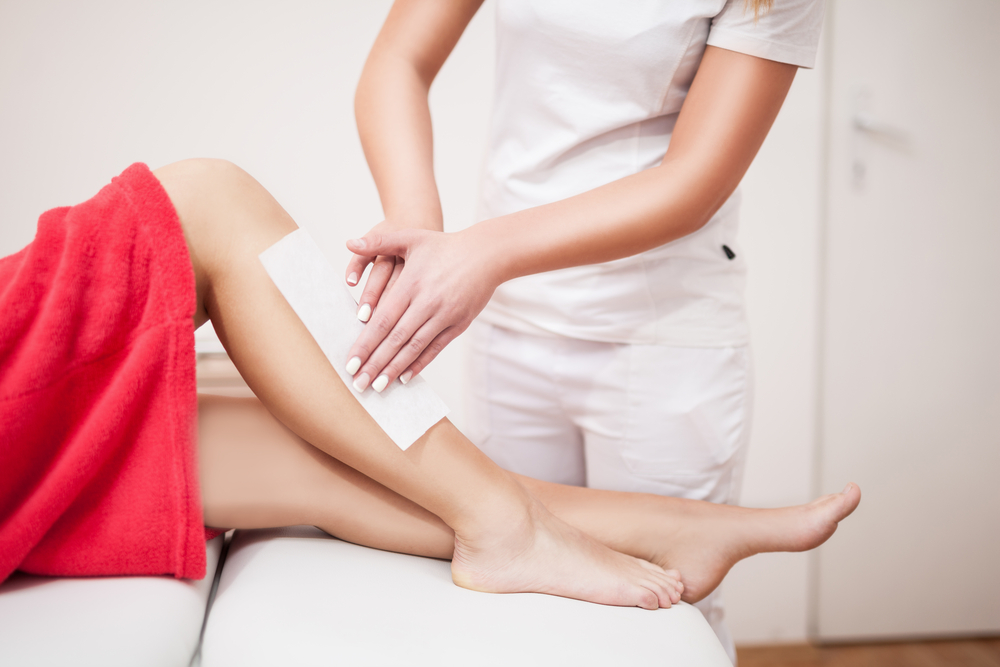Discover the best body waxing techniques and treatments available to achieve silky, hairless skin. From Brazilian and bikini waxing to full body and facial waxing, explore various options that suit your preferences and enjoy long-lasting results.
Waxing is a widely adopted method of hair removal that can be applied to virtually any area of the body. This practice has been in existence for centuries, with its origins tracing back to ancient civilizations. In recent times, waxing has evolved, with numerous types of waxing techniques available to suit various skin types, hair textures, and personal preferences. This comprehensive overview will delve into the various aspects of waxing, including the types available, the benefits compared to other hair removal methods, the average costs of services, and essential care tips for before and after treatment.

Types of Waxing
Waxing can be broadly categorized by the area of the body where hair is being removed and by the type of wax used. The two main types of wax used in professional settings are soft wax and hard wax. Soft wax, also known as strip wax, requires a cloth or paper strip to remove the wax and hair. It is typically used for larger areas like the legs, arms, and back. Hard wax, on the other hand, does not require strips, as it hardens and can be removed on its own. This type of wax is often used for more sensitive areas such as the face, underarms, and bikini line.
Additionally, there are specialized waxing services such as Brazilian waxing, which removes all hair from the bikini area, and Hollywood waxing, which extends the hair removal to include the buttocks. Other types include eyebrow waxing, upper lip waxing, and full-body waxing.
Benefits of Waxing vs Other Hair Removal Methods
Waxing offers several advantages over alternative hair removal methods like shaving, depilatory creams, threading, or laser hair removal. Firstly, waxing removes hair from the root, which results in a longer period of smooth, hair-free skin, typically lasting three to six weeks. In contrast, shaving merely cuts the hair at the skin's surface, leading to quicker regrowth and the potential for stubble.
Another benefit of waxing is that it can lead to finer, softer hair regrowth over time, and with consistent waxing, some individuals may even experience a reduction in hair growth. This is due to the damage that waxing can inflict on the hair follicle, which may weaken it and cause the hair to grow back thinner or not at all.
Waxing also exfoliates the skin by removing dead skin cells, which can leave the skin smoother and brighter. Unlike some hair removal creams and shaving, which can cause skin irritation or chemical burns, waxing, when done correctly, is less likely to cause significant skin irritation.
Additionally, waxing is a relatively quick process, especially when performed by an experienced professional. Large areas can be waxed in a short amount of time, making it convenient for individuals with busy schedules.
Average Costs for Waxing Services
The cost of waxing services can vary greatly depending on the location of the salon, the area being waxed, and the expertise of the professional. Generally, smaller areas like the eyebrows, upper lip, or chin may cost anywhere from $10 to $20 per session. Larger areas such as the legs or arms may range from $30 to $60, while full Brazilian or Hollywood waxing can cost between $50 and $100.
It is important to note that prices can also vary based on the type of wax used. High-end salons might use premium waxes infused with soothing ingredients, which can add to the cost. Moreover, some salons offer package deals or memberships that can reduce the overall cost for regular customers.
Care Tips For Before and After Treatment
To ensure the best possible waxing experience and results, it is crucial to follow some pre- and post-treatment care tips. Before waxing, the skin should be clean and free from oils or lotions. Hair length should be about a quarter of an inch long for the wax to grip effectively. Exfoliating the area a day before the appointment can help remove dead skin cells and reduce the chance of ingrown hairs.
After waxing, it’s important to avoid sun exposure, hot baths, or swimming for at least 24 hours to prevent irritation or inflammation. The pores are open post-waxing, so keeping the area clean and avoiding heavy lotions or oils can help prevent clogged pores and breakouts. Wearing loose clothing can also minimize friction and discomfort.
Regular exfoliation and moisturizing between waxing sessions are also recommended to maintain smooth skin and to prevent ingrown hairs. Using products designed for post-waxing care, such as those containing salicylic acid, can help maintain clear skin.
Waxing is a versatile and efficient hair removal method that offers numerous benefits over other methods. With various types of waxing available, individuals can choose the service that best fits their needs and preferences. While the costs can vary, the long-lasting results and potential for finer hair regrowth make waxing a cost-effective option for many. By following proper care tips before and after treatment, the waxing experience can be a positive one, leaving the skin smooth, clear, and hair-free for weeks at a time. As with any beauty treatment, finding a skilled professional and taking care of one's skin is key to ensuring the best results from waxing services.